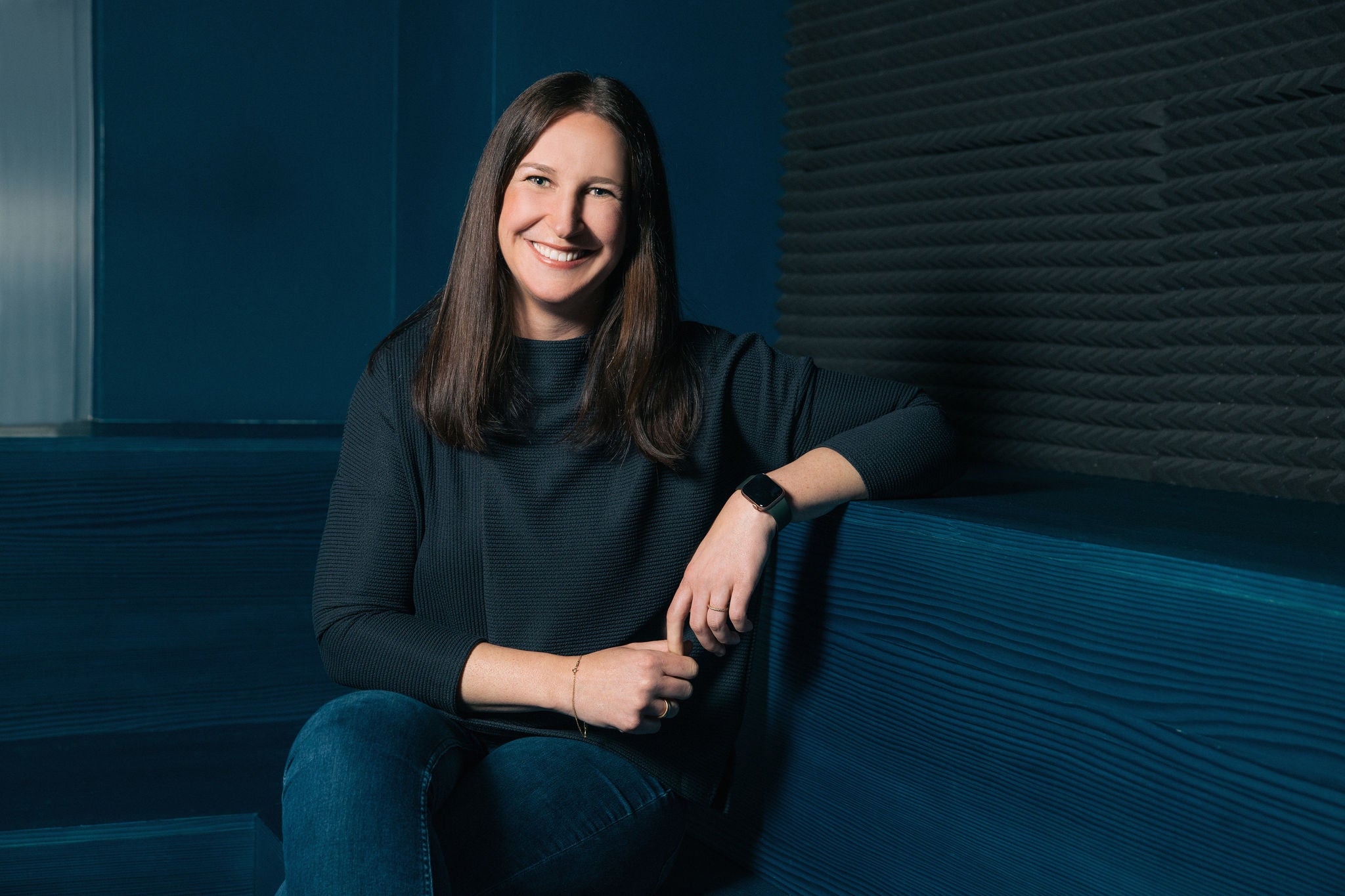
Spicing up a Traditional Recipe
TikTok is the social media app of the moment. But brands still have reservations. Last year only one post in a hundred was used for advertising purposes, while on Instagram it was one in thirteen. So only about one per cent? Serviceplan Germany CCO Matthias Harbeck and his team thought brands were missing out on a lot and set up an experiment...
Many people still dismiss TikTok as a platform for dancing teenagers. And indeed, 83 per cent of TikTok users in Germany, Austria and Switzerland are between the ages of 13 and 24. But for one thing, the proportion of 25- to 34-year-olds rose by 6 per cent in the second half of 2020 and is now 15 per cent. And for another, other topics such as comedy, fashion, food and travel are also increasing.
But is TikTok really a platform for politics? Is it a forum for expressing political opinions?
We conducted an experiment using a political campaign. The result not only exceeded our expectations, it really astonished us. Actually, it’s not surprising – TikTok is the kind of platform where predictions about what will happen only work to a limited extent. TikTok always contains a certain amount of risk. But that’s exactly what makes it really exciting and rewarding if you’re prepared to relinquish control.
From the outset we had the idea of doing something with the organization Laut gegen Nazis for International Holocaust Remembrance Day. We had a sense that the vast majority of the population is against Nazis, but this is not the image that is perceived publicly because the vast majority usually remain silent, by contrast with right-wing extremists who shout their slogans loudly. Our message to all silent anti-Nazis is this: being against Nazis just in your head is not enough. You have to be loud – Laut gegen Nazis (Loud against Nazis).
We launched our campaign in the traditional way with a simple but unusual idea: sentences only make sense if you say them out loud. “Naht zieh’s raus!” (“Naht zieh’s raus” are when you read them all German words, but they do not fit together, and the sentence makes no sense, it reads something like “Seam pull out”. But when you read it all loud it comes together as “Nazis raus” which means “Nazis out” or “Kai’ne rächte geh Wald!” (No right-wing violence) appeared in large, bold lettering. In each case we added the slogan: “Sag es laut. Das macht den Unterschied” [Say it loud. That makes the difference].
These taglines immediately caused a nationwide sensation on posters and in magazines and daily newspapers, because they tackled a serious topic in a way that was unusually simple but absolutely not silent. However, making the leap to TikTok was particularly exciting for us. We didn’t just post our ads as an extension of the original campaign, rather we launched a challenge in which we encouraged TikTok users to be loud and creative against xenophobia using the hashtag #NahtZiehsRaus: “Schreie ihn, singe ihn, tanze ihn!” [Shout it, sing it, dance it!].
And that’s exactly what happened. Within days, hundreds of users were uploading their own creative videos in which our hashtag was sung or danced. Users became creators. Within a week, the number of views rose to over 15 million; to date there have been over 20 million!
The really surprising thing was what happened to the hashtag in terms of creativity. The Central Council of Jews in Germany wrote its own song, which was sung, danced and posted again and again by lots of users. Celebrities such as Caro Daur danced against spreading rumors and lies in society. The Holocaust survivor Esther Bejarano made an urgent appeal to the younger generation to never forget the Holocaust. The German Tagesschau TV news service and politicians also spoke out against racism.
The wonderful thing is that the tenor of the videos was never the same. Some were serious, some light-hearted; some were straightforward, others were unexpected. One man wrote the word “Panda” on his chest in marker pen, followed by the message “Be like a panda! He’s black, he’s white, he’s Asian. Don’t care!” A Lederhosen-wearing Austrian and an American in a stars-and-stripes shirt danced in the snow “to create understanding between nations”. One boy interpreted the hashtag through football, by simply kicking his ball “out”, down the pitch and into the goal.
And no, not every post made sense. For example, when the hashtag #NahtZiehsRaus accompanied teenagers dancing with jerky, rhythmical movements. Or when it featured in videos where decorative lids of spaghetti tins were sprayed gold. Er...why?
Why not? Working with TikTok means, above all, chilling out. The majority of the video posts using #NahtZiehsRaus did indeed make a lot of sense. And the less they were related to the topic, the further they slid down the ranking list of postings and were viewed fewer times as a result. And even if people did view them, what harm did they do? Precisely. By contrast, our campaign, which had been launched using traditional media, got an enormous boost on TikTok in terms of visibility and creativity with target groups that are now almost impossible to reach using traditional media.
On TikTok, our message has not only been seen a million times, it has also been developed creatively. Visibility has led to understanding which leads to involvement. What more could you want?
Let’s do more TikTok.
Author: Matthias Harbeck, CCO Serviceplan Germany


